Dou Huang
Enhancing Building Semantic Segmentation Accuracy with Super Resolution and Deep Learning: Investigating the Impact of Spatial Resolution on Various Datasets
Jul 09, 2023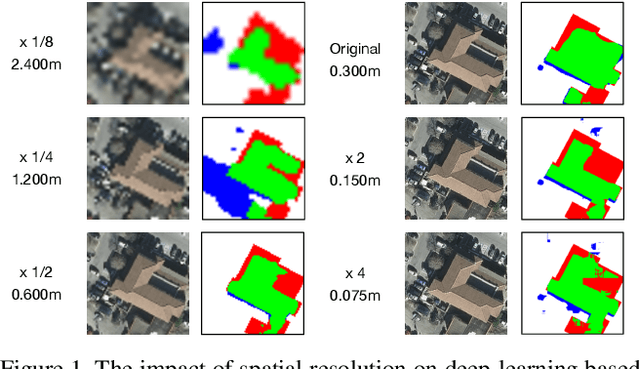
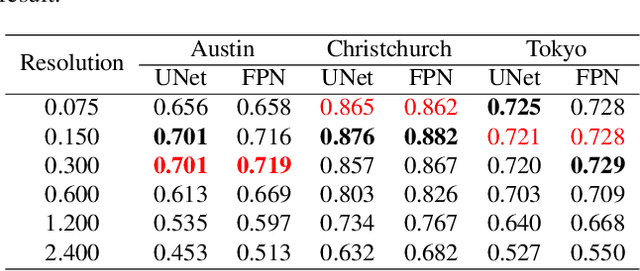
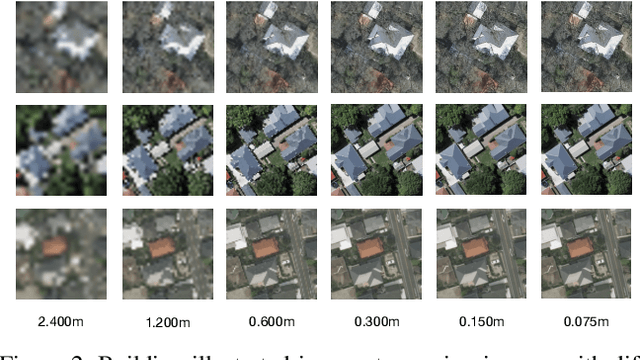
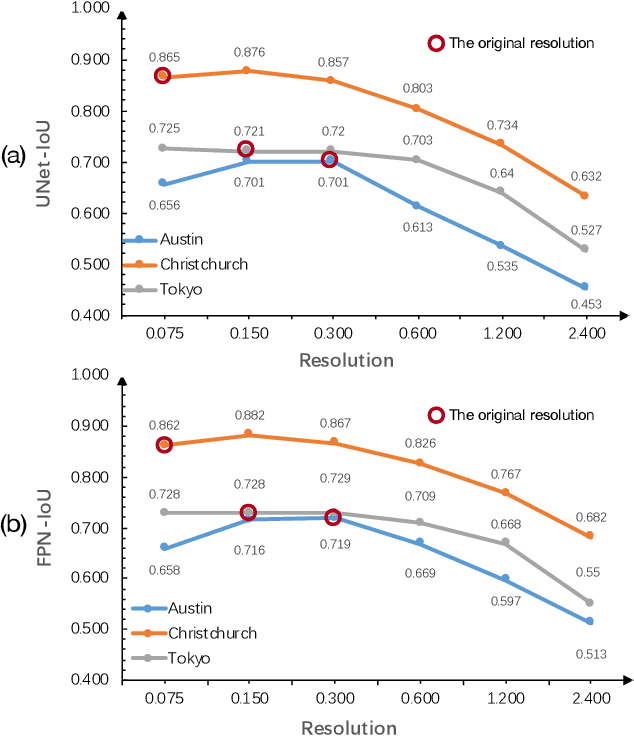
Abstract:The development of remote sensing and deep learning techniques has enabled building semantic segmentation with high accuracy and efficiency. Despite their success in different tasks, the discussions on the impact of spatial resolution on deep learning based building semantic segmentation are quite inadequate, which makes choosing a higher cost-effective data source a big challenge. To address the issue mentioned above, in this study, we create remote sensing images among three study areas into multiple spatial resolutions by super-resolution and down-sampling. After that, two representative deep learning architectures: UNet and FPN, are selected for model training and testing. The experimental results obtained from three cities with two deep learning models indicate that the spatial resolution greatly influences building segmentation results, and with a better cost-effectiveness around 0.3m, which we believe will be an important insight for data selection and preparation.
Differentiable Projection for Constrained Deep Learning
Nov 21, 2021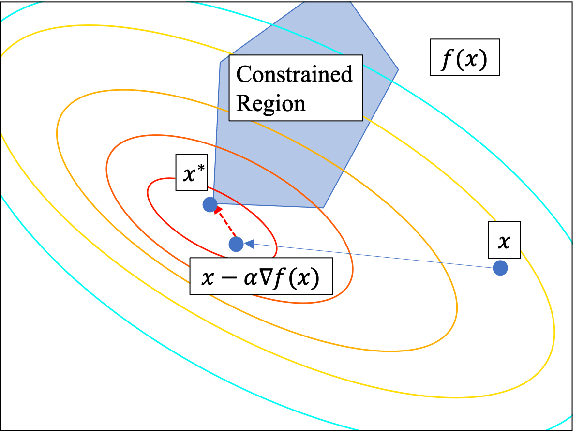

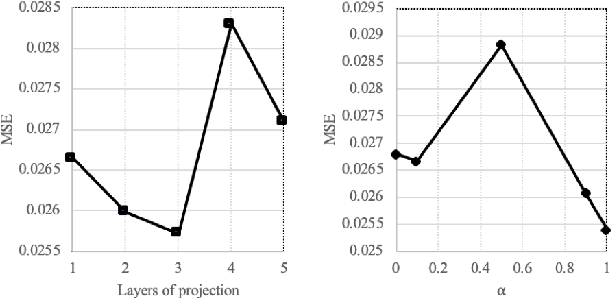

Abstract:Deep neural networks (DNNs) have achieved extraordinary performance in solving different tasks in various fields. However, the conventional DNN model is steadily approaching the ground-truth value through loss backpropagation. In some applications, some prior knowledge could be easily obtained, such as constraints which the ground truth observation follows. Here, we try to give a general approach to incorporate information from these constraints to enhance the performance of the DNNs. Theoretically, we could formulate these kinds of problems as constrained optimization problems that KKT conditions could solve. In this paper, we propose to use a differentiable projection layer in DNN instead of directly solving time-consuming KKT conditions. The proposed projection method is differentiable, and no heavy computation is required. Finally, we also conducted some experiments using a randomly generated synthetic dataset and image segmentation task using the PASCAL VOC dataset to evaluate the performance of the proposed projection method. Experimental results show that the projection method is sufficient and outperforms baseline methods.
Theory-guided hard constraint projection (HCP): a knowledge-based data-driven scientific machine learning method
Dec 11, 2020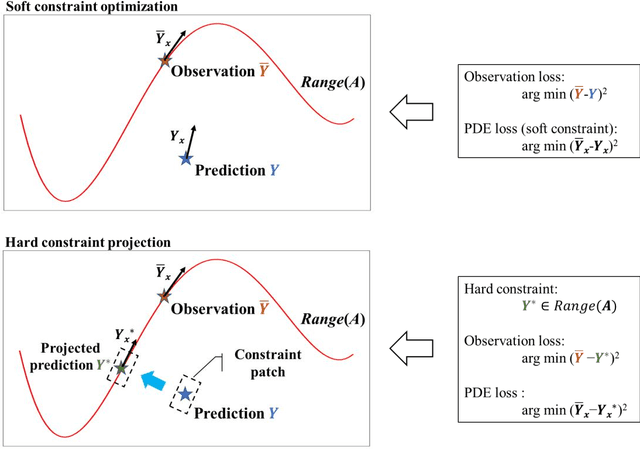

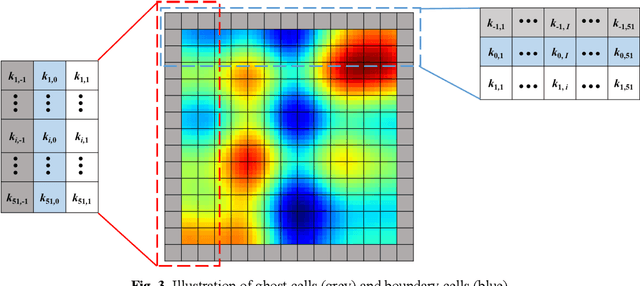
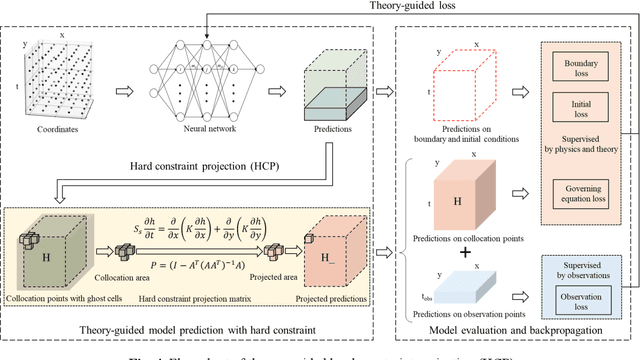
Abstract:Machine learning models have been successfully used in many scientific and engineering fields. However, it remains difficult for a model to simultaneously utilize domain knowledge and experimental observation data. The application of knowledge-based symbolic AI represented by an expert system is limited by the expressive ability of the model, and data-driven connectionism AI represented by neural networks is prone to produce predictions that violate physical mechanisms. In order to fully integrate domain knowledge with observations, and make full use of the prior information and the strong fitting ability of neural networks, this study proposes theory-guided hard constraint projection (HCP). This model converts physical constraints, such as governing equations, into a form that is easy to handle through discretization, and then implements hard constraint optimization through projection. Based on rigorous mathematical proofs, theory-guided HCP can ensure that model predictions strictly conform to physical mechanisms in the constraint patch. The performance of the theory-guided HCP is verified by experiments based on the heterogeneous subsurface flow problem. Due to the application of hard constraints, compared with fully connected neural networks and soft constraint models, such as theory-guided neural networks and physics-informed neural networks, theory-guided HCP requires fewer data, and achieves higher prediction accuracy and stronger robustness to noisy observations.
 Add to Chrome
Add to Chrome Add to Firefox
Add to Firefox Add to Edge
Add to Edge